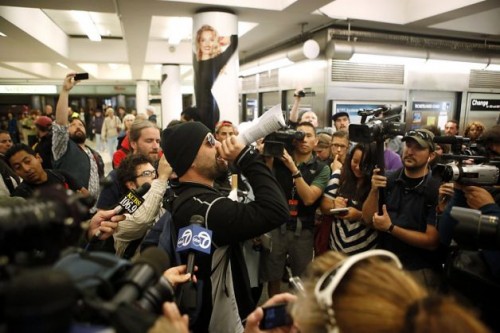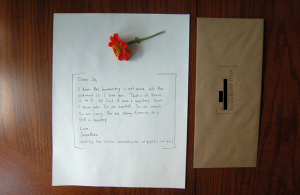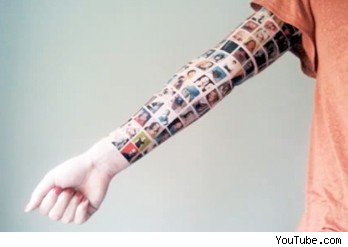 The recent and popular Hipstamatic war photos depict contemporary soldiers, battlefields and civilian turmoil as reminiscent of wars long since passed. War photos move us by depicting human drama taken to its extreme, and these images, shot with a smartphone and “filtered” to look old, create a sense of simulated nostalgia, further tugging at our collective heart strings. And I think that these photos reveal much more.
The recent and popular Hipstamatic war photos depict contemporary soldiers, battlefields and civilian turmoil as reminiscent of wars long since passed. War photos move us by depicting human drama taken to its extreme, and these images, shot with a smartphone and “filtered” to look old, create a sense of simulated nostalgia, further tugging at our collective heart strings. And I think that these photos reveal much more.
Hipstamatic war photographs ran on the front page of the New York Times [the full set] last November, and, of course, fake-vintage photos of everyday life are filling our Facebook, Tumblr and Twitter streams. I recently analyzed this trend ina long essay called The Faux-Vintage Photo, which is generating a terrific response. I argue that we like faux-vintage photographs because they provide a “nostalgia for the present”; our lives in the present can be seen as like the past: more important and real in a grasp for authenticity.
If faux-vintage photography is rooted in authenticity, then what is more real than war? If the proliferation of Hipstamatic photographs has anything to do with a reaction to our increasingly plastic, simulated, Disneyfied and McDonaldized worlds, then what is more gritty than Afghanistan in conflict? In a moment where there is a shortage of and a demand for authenticity (the gentrification of inner-cities, “decay porn” and so on), war may serve as the last and perhaps ultimate bastion of authenticity. However, as I will argue below, war itself is in a crisis of authenticity, creating rich potential for its faux-vintage documentation. more...








